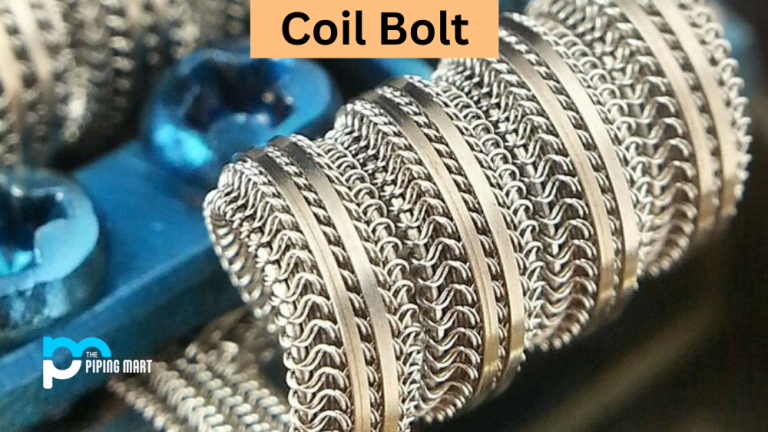Mastering Welding Equipment: Tools for Precision and Safety in Your Projects
Welding equipment is a fundamental asset in construction and manufacturing, offering the necessary tools to join materials with precision and strength. Whether you’re a seasoned professional or a beginner, having the right welding equipment is crucial for achieving quality results. In this article, we’ll delve into the essentials of welding equipment, explore the different types available, and discuss how these tools are utilized in specific applications like geogrid installation, where precise welding is essential.

What is welding equipment?
Welding equipment includes the tools and machinery used to fuse materials, typically metals or thermoplastics, by heating them until they melt and then allowing them to cool and bond. This equipment encompasses a wide range of tools, from basic welding machines to specialized devices like TIG and MIG welders, along with protective gear to ensure safety during the welding process.
Categories of welding equipment
Welding equipment is classified based on the welding process it supports. Key categories include:
- Arc Welding Machines: These use an electric arc to melt and join metals. Stick welders and MIG welders are common examples.
- TIG Welding Tools: TIG welding employs a tungsten electrode, known for its precision, making it ideal for tasks that require detailed, high-quality work.
- MIG Welding Tools: MIG welding involves feeding a continuous wire into the welding area, making it fast and efficient for large-scale projects.
- Plasma Cutters: Though not a welding tool per se, plasma cutters are often used alongside welding for precise metal cutting.
Choosing the right welding equipment
Selecting the appropriate welding equipment involves considering several factors:
- Material Type: Different materials require different welding processes. For instance, aluminum often necessitates TIG welding for its precision.
- Project Scale: Large projects, such as installing geogrid systems, may require robust MIG welders to ensure strong, durable joints.
- Skill Level: Beginners may find MIG welding more straightforward, while professionals might opt for TIG welding for more intricate tasks.
- Environment: Whether the work is indoors or outdoors can influence the type of equipment needed, particularly in terms of portability and resistance to environmental factors.
Safety measures in welding
Safety is paramount when using welding equipment. Essential safety measures include:
- Protective Gear: Always wear a welding helmet, gloves, and flame-resistant clothing to shield yourself from sparks, heat, and UV radiation.
- Ventilation: Ensure proper ventilation to avoid inhaling harmful fumes and gases produced during welding.
- Fire Precautions: Keep the workspace clear of flammable materials and have a fire extinguisher nearby.
- Training: Proper training is crucial for safely operating welding equipment, especially in complex tasks like installing geogrid systems.
Understanding the different types of welding equipment, how to select the right tools for your projects, and following safety protocols will ensure successful outcomes in any welding task, from small repairs to large-scale installations like geogrid systems.

